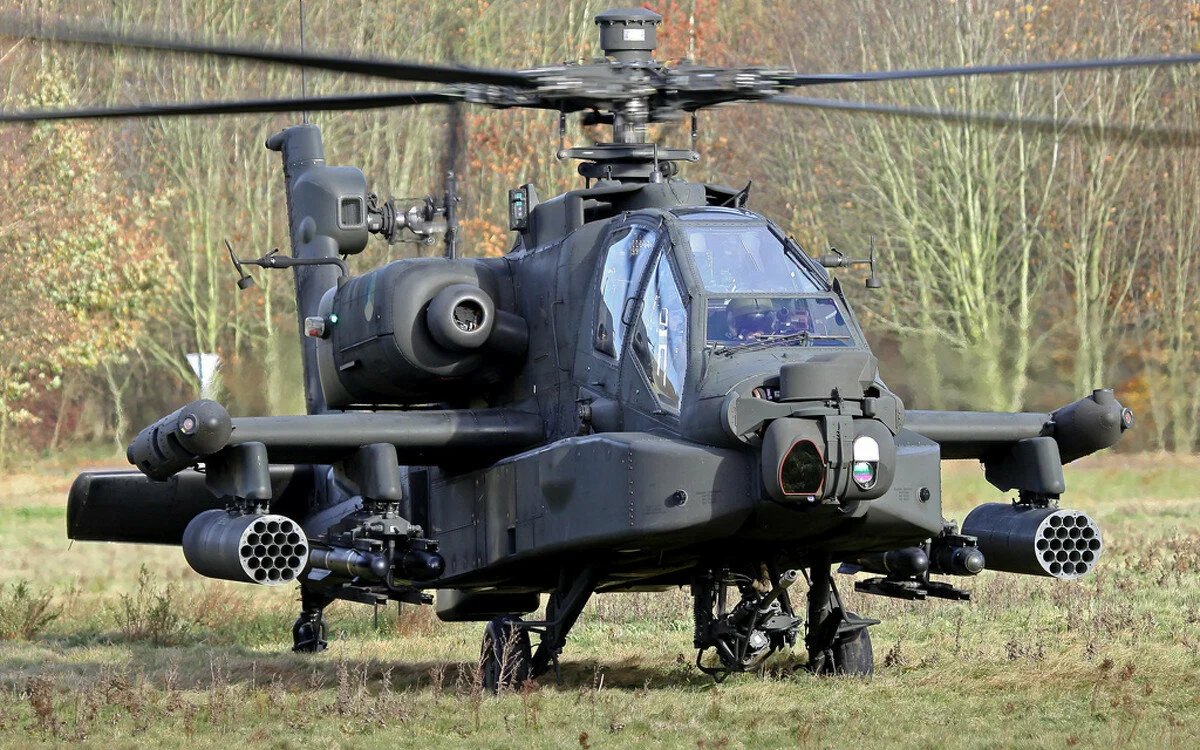Nine Lesser-Known Facts About Apache Helicopters
The Apache helicopter, known for its deadly precision and combat capabilities, has been a staple in the world of military aviation for decades. While many are familiar with its reputation, there are numerous lesser-known aspects and intriguing facts about the Apache that make it even more fascinating. In this article, we will delve into nine lesser-known facts about Apache helicopters, shedding light on their history, technology, and operational prowess.
The helicopter is named after the Apache tribe, a Native American people known for their warrior traditions. This choice of name reflects the aircraft’s primary role as an attack helicopter.
The Apache was originally developed by Hughes Helicopters, which later became part of McDonnell Douglas and eventually Boeing. Its development began in the late 1970s, and it has since undergone various upgrades.
The Apache is powered by two powerful turboshaft engines, typically the General Electric T700-GE-701C. This dual-engine setup not only provides redundancy but also allows the Apache to carry heavy loads and maintain high performance even in challenging conditions.
The distinctive feature of the Apache is its nose-mounted Target Acquisition and Designation System (TADS), which includes a Longbow Fire Control Radar. This technology enables the Apache to identify and engage targets with remarkable accuracy, day or night, and in adverse weather conditions.
The Apache is equipped with a diverse range of armaments, including Hellfire anti-tank missiles, Hydra 70 rockets, and a 30mm M230 chain gun. This versatility makes it effective against various ground and aerial threats.
The Longbow variant of the Apache, often referred to as the AH-64D or AH-64E, features the powerful Longbow radar, which can track multiple targets simultaneously and engage them with precision-guided Hellfire missiles.
The Apache helicopter is used by various countries worldwide, making it one of the most internationally recognized attack helicopters. Its combat record and advanced capabilities have made it a sought-after asset in many armed forces.
While primarily designed for ground attack, Apaches can engage aerial threats as well. They can be equipped with air-to-air missiles, allowing them to defend against enemy helicopters and low-flying aircraft.
The Apache platform is continuously upgraded to maintain its edge in modern warfare. These upgrades include improvements in avionics, armor, and communication systems to ensure it remains a formidable asset on the battlefield.
The Apache helicopter is not just a symbol of military might but a marvel of modern aviation technology. From its origins as the brainchild of Hughes Helicopters to its role as a versatile and globally recognized combat machine, the Apache continues to evolve and adapt to the changing landscape of warfare. These lesser-known facts shed light on the intricacies and achievements that have solidified its place in military history.
Hits: 9











